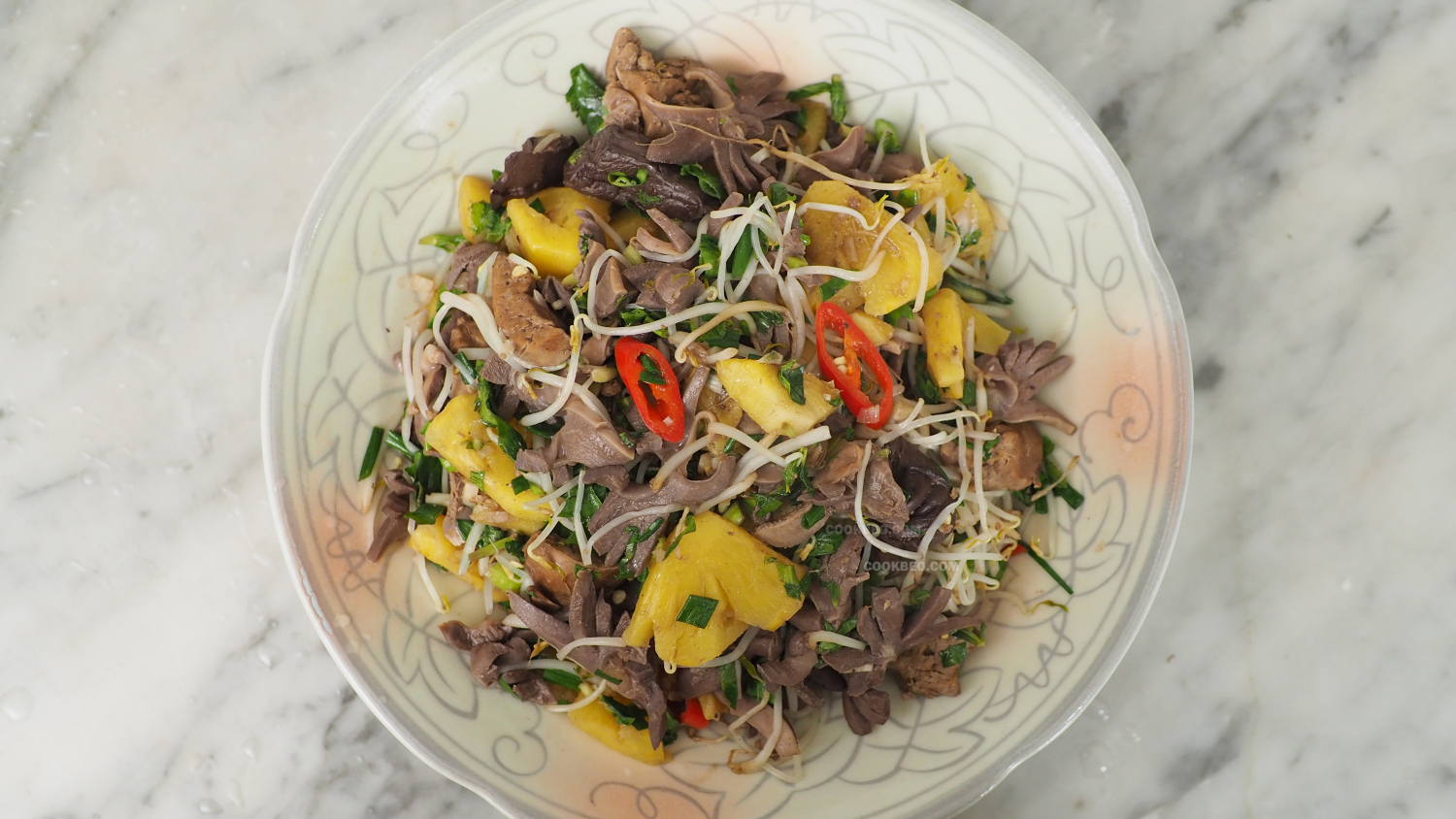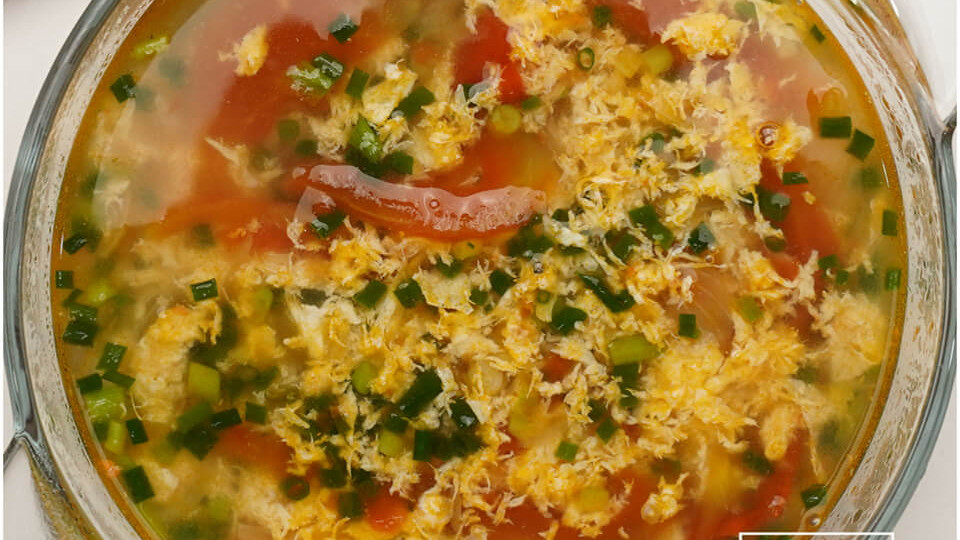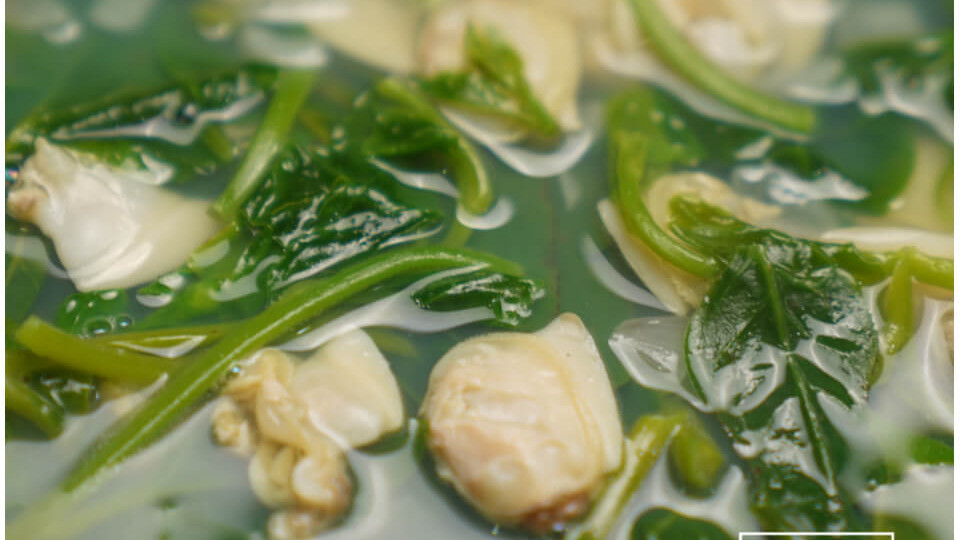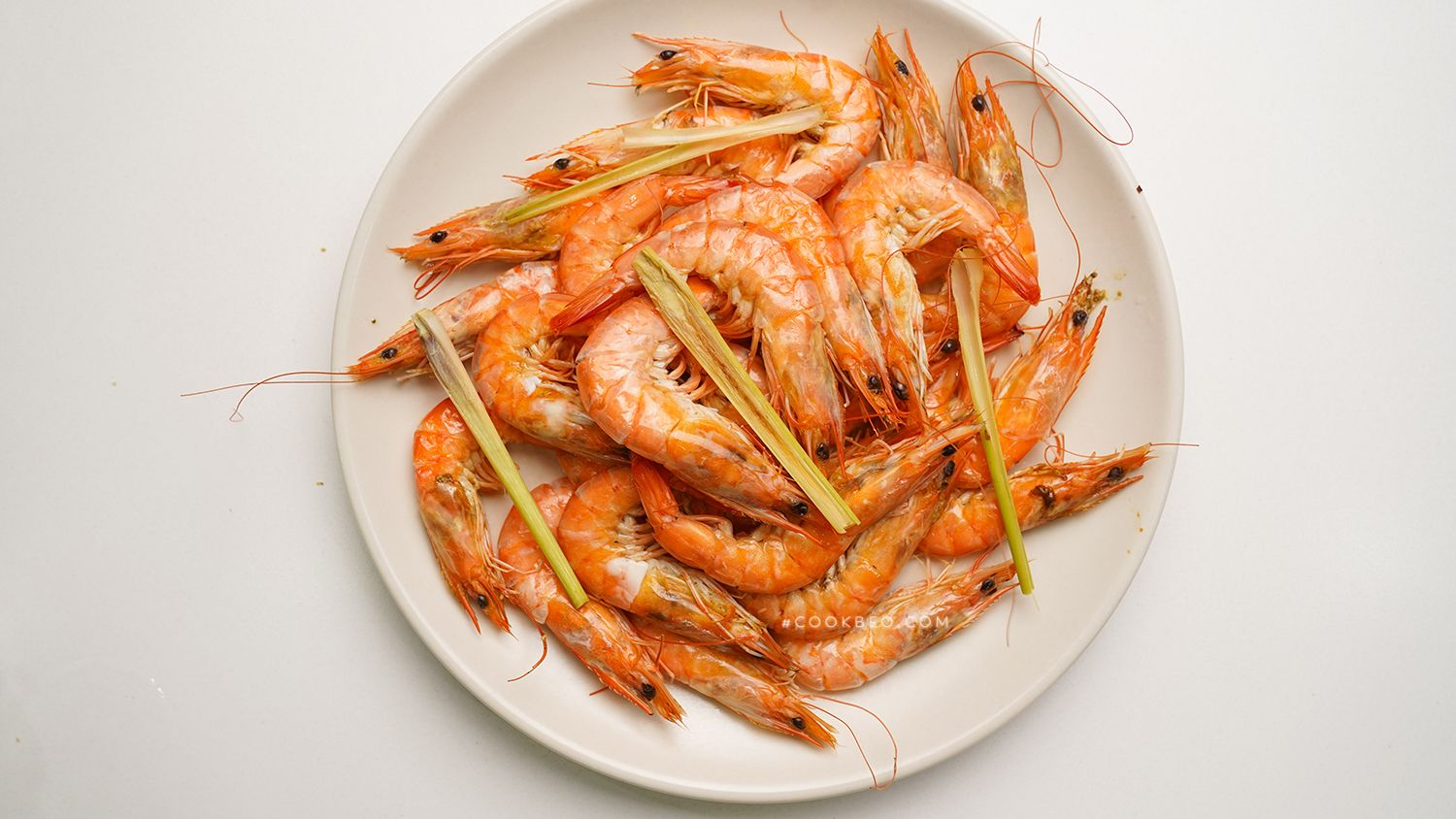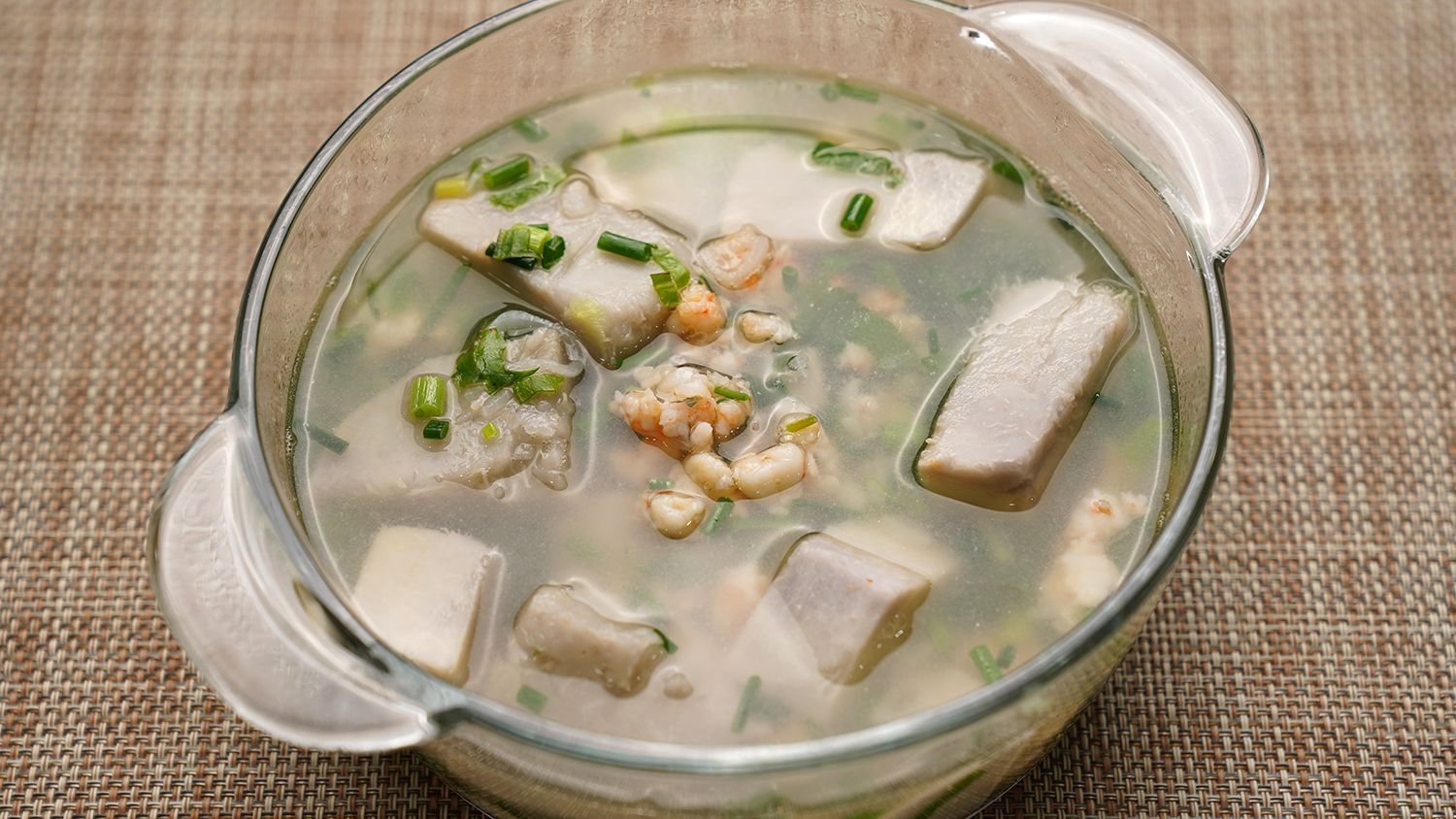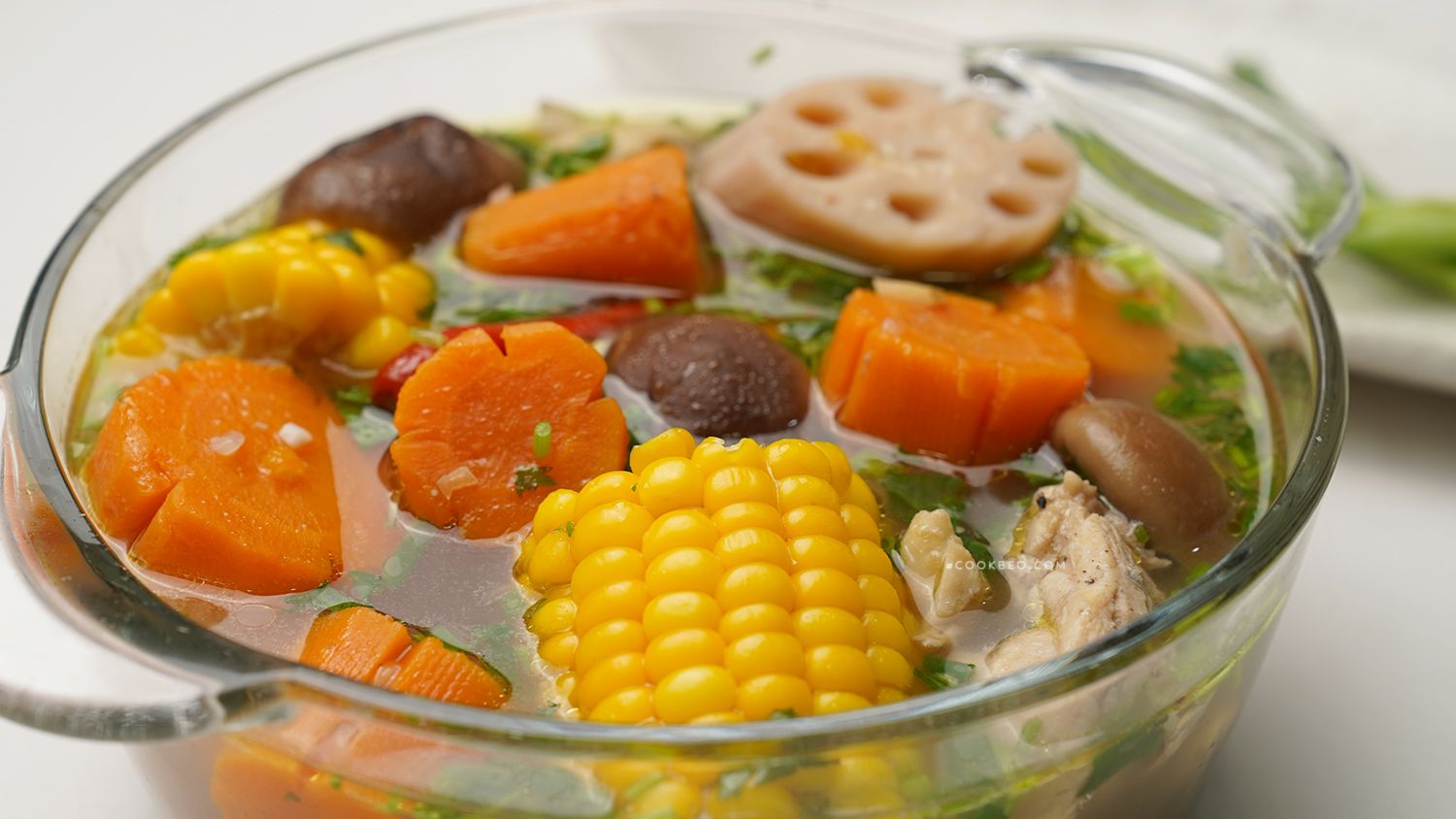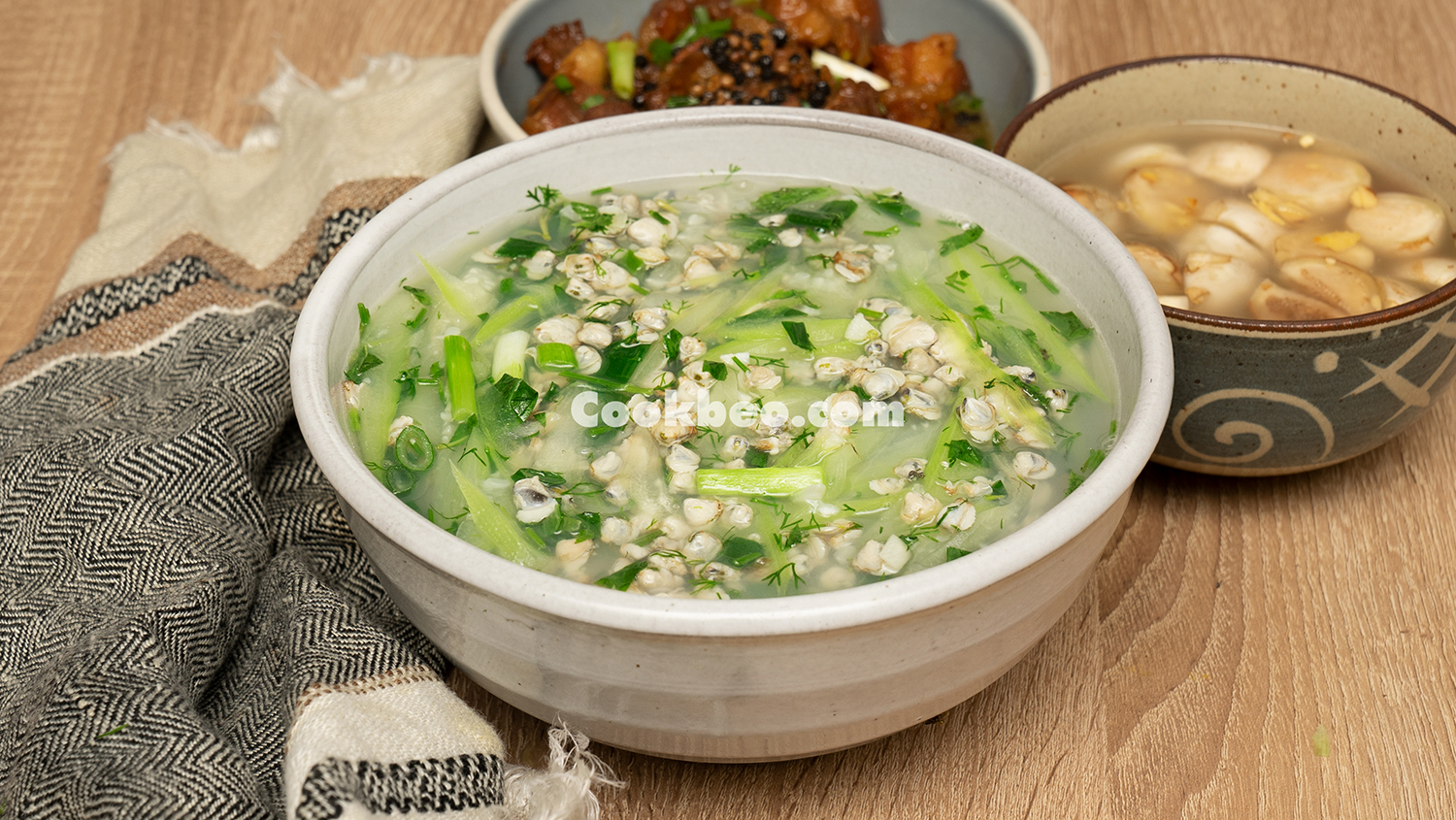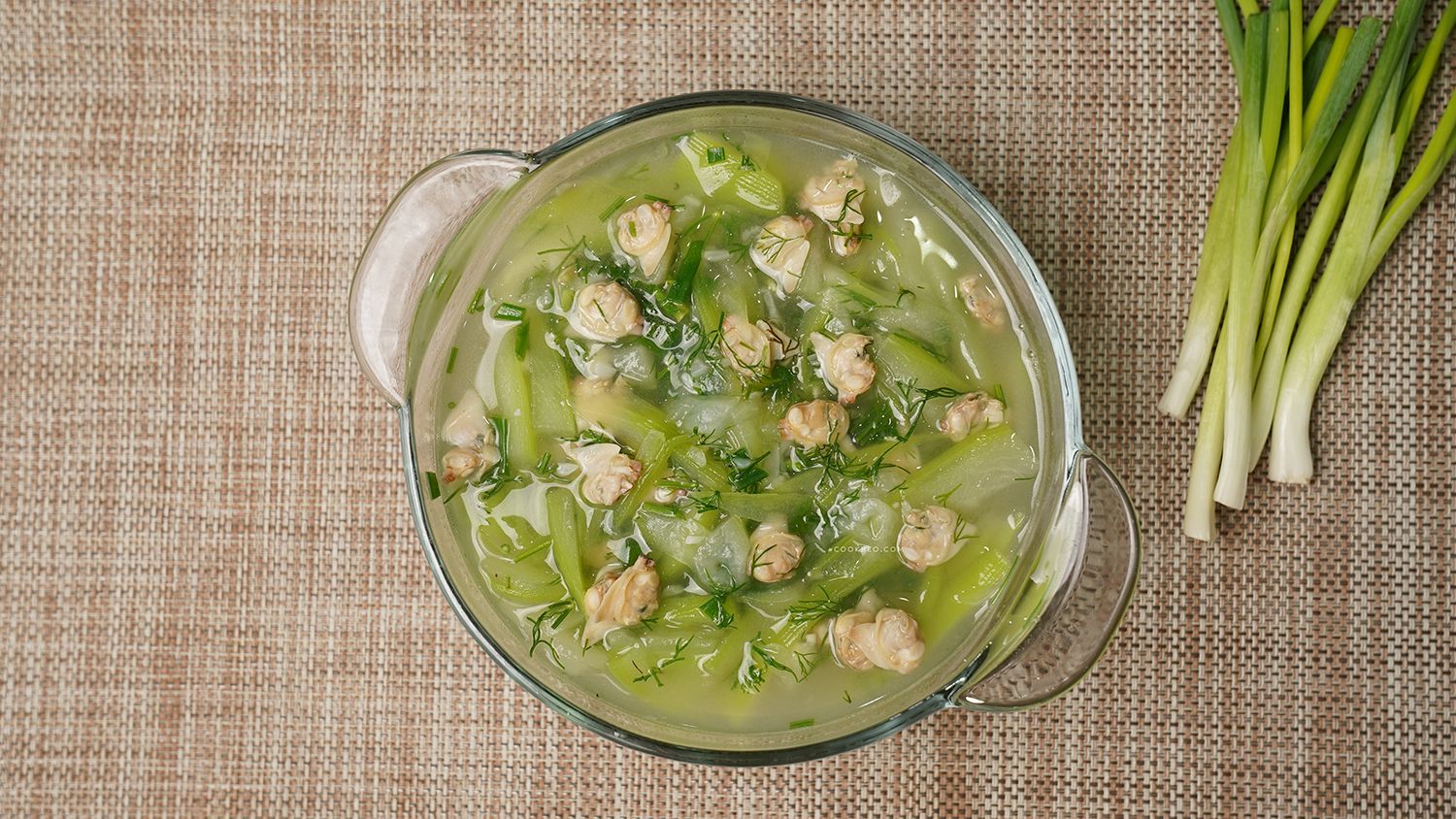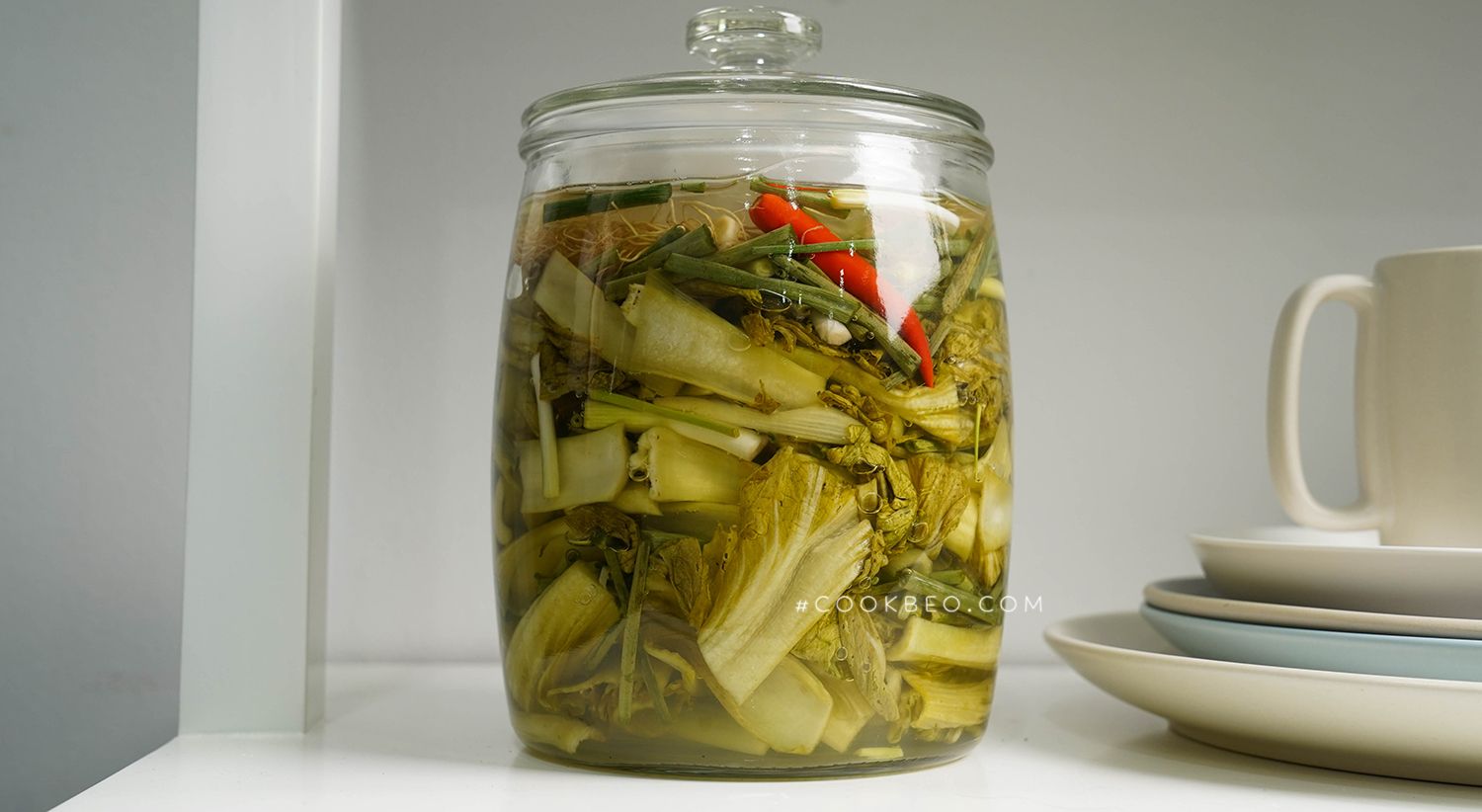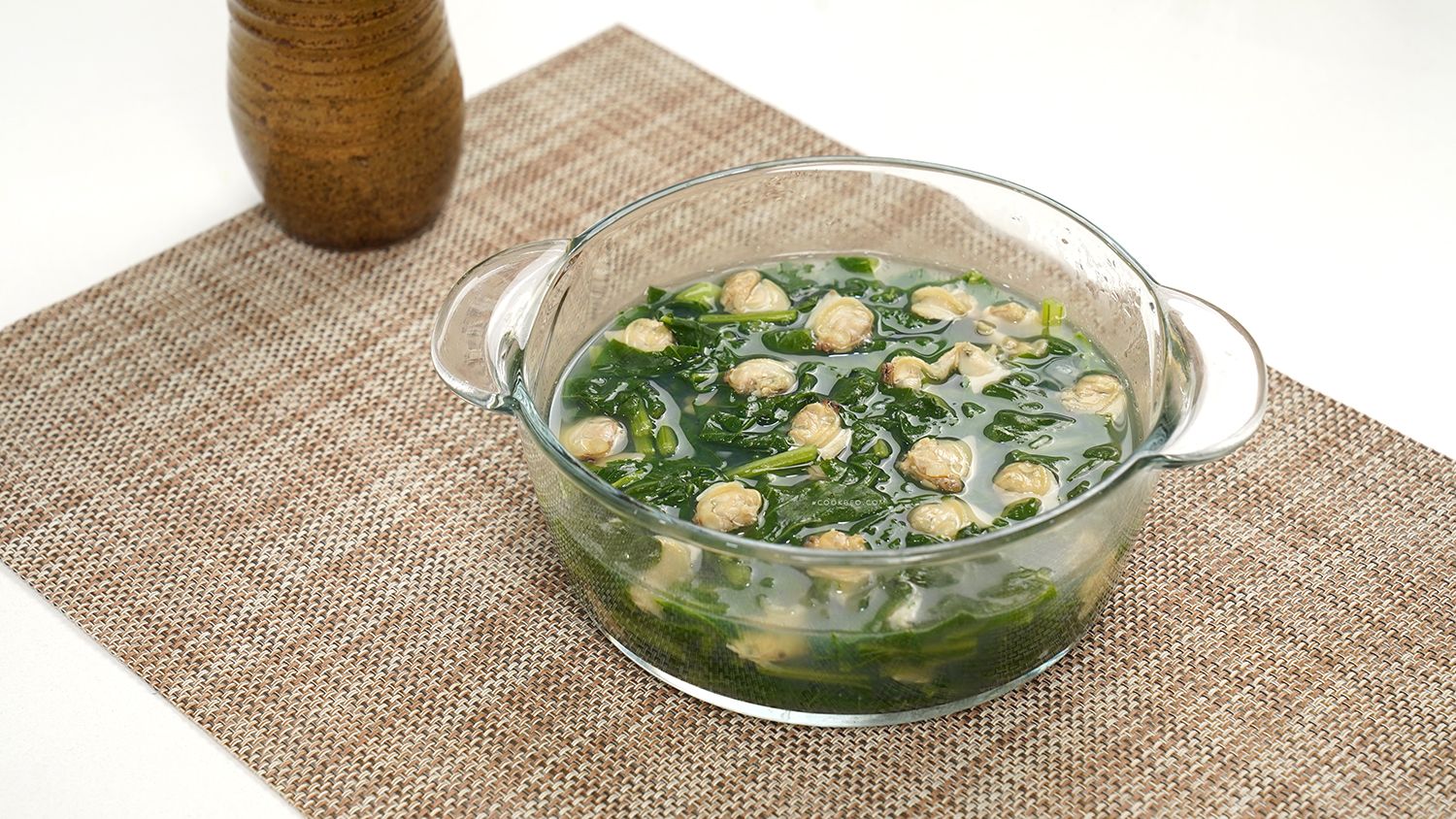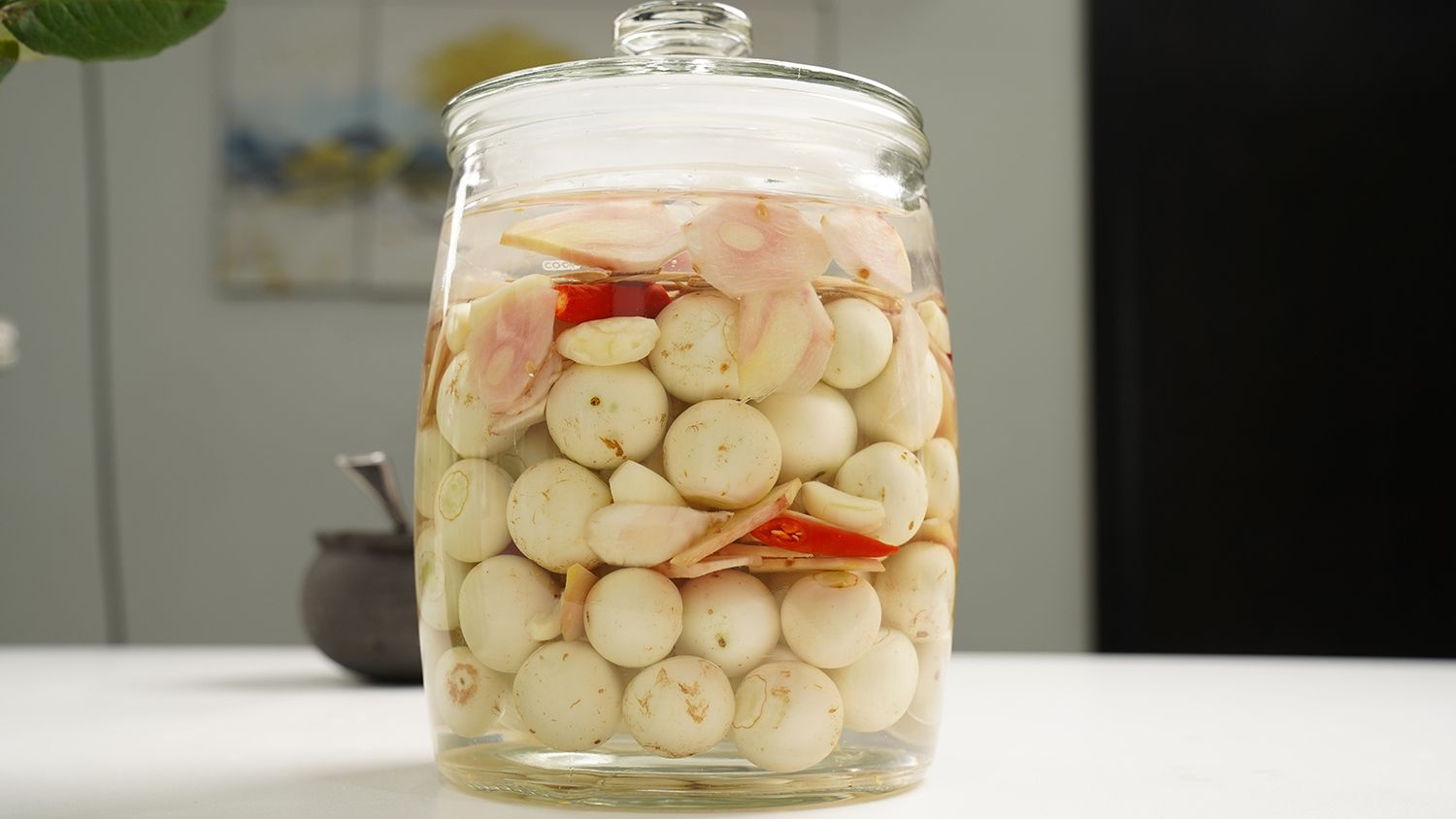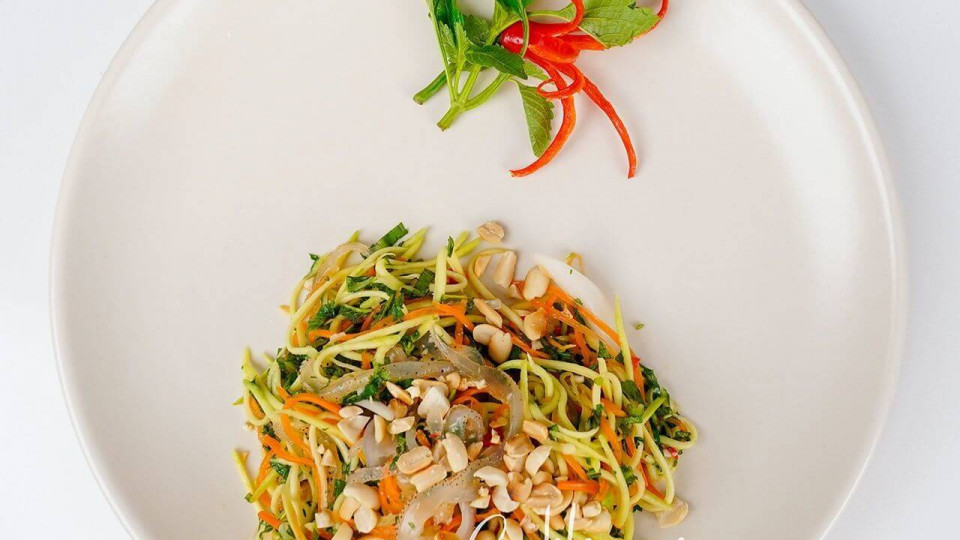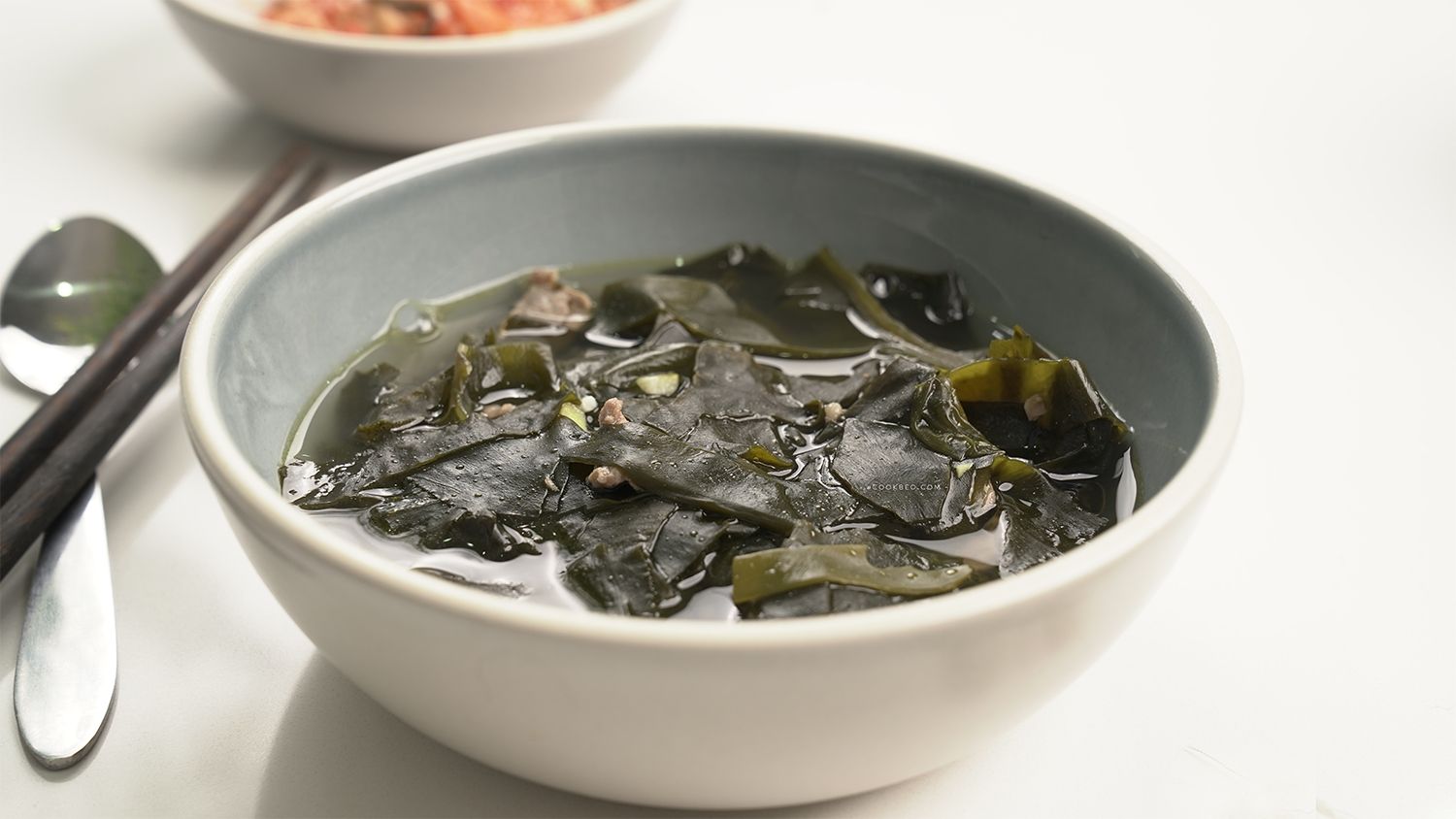How to Make Vietnamese Sesame Salt
When making sesame salt, you need to focus on how the ingredients are toasted, the amount of salt added, and how to store it to prevent it from becoming soggy, oily, or stale.
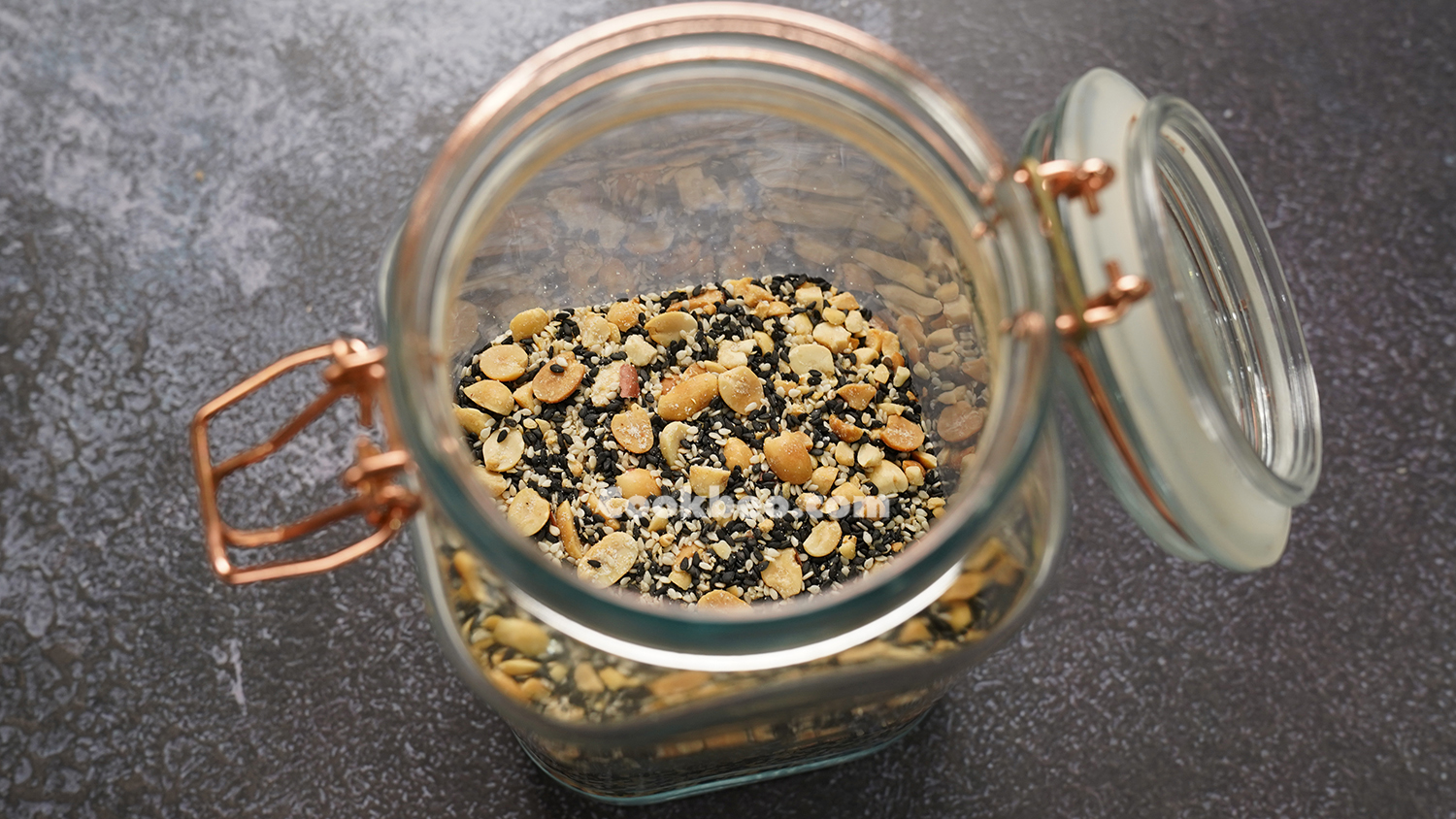
Sesame salt is a simple, rustic dish that surprises with its rich, nutty flavor. In the past, it was often referred to as the 'food of the poor,' but in recent years, it has gained popularity as a 'dish for the rich.' As life becomes more prosperous with access to gourmet food, many people long for simple dishes tied to childhood memories.
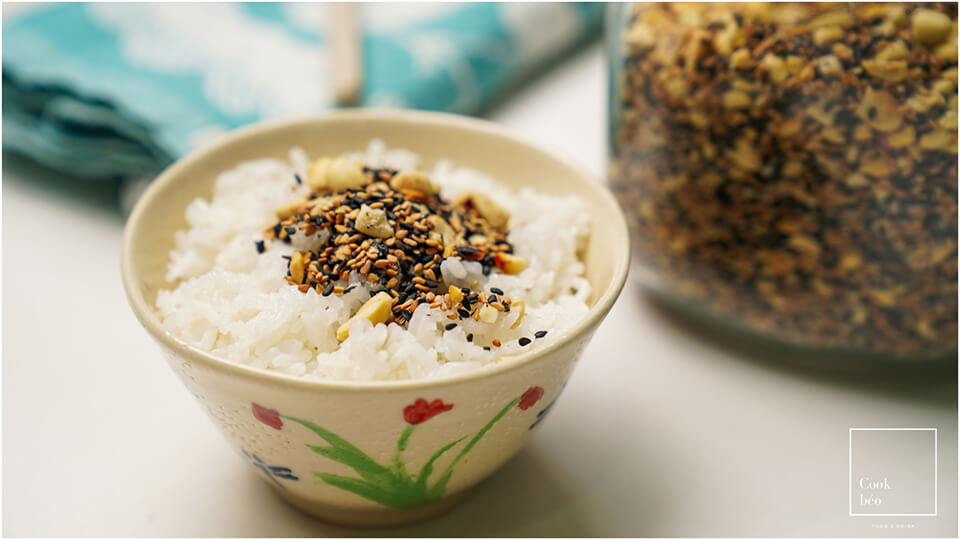
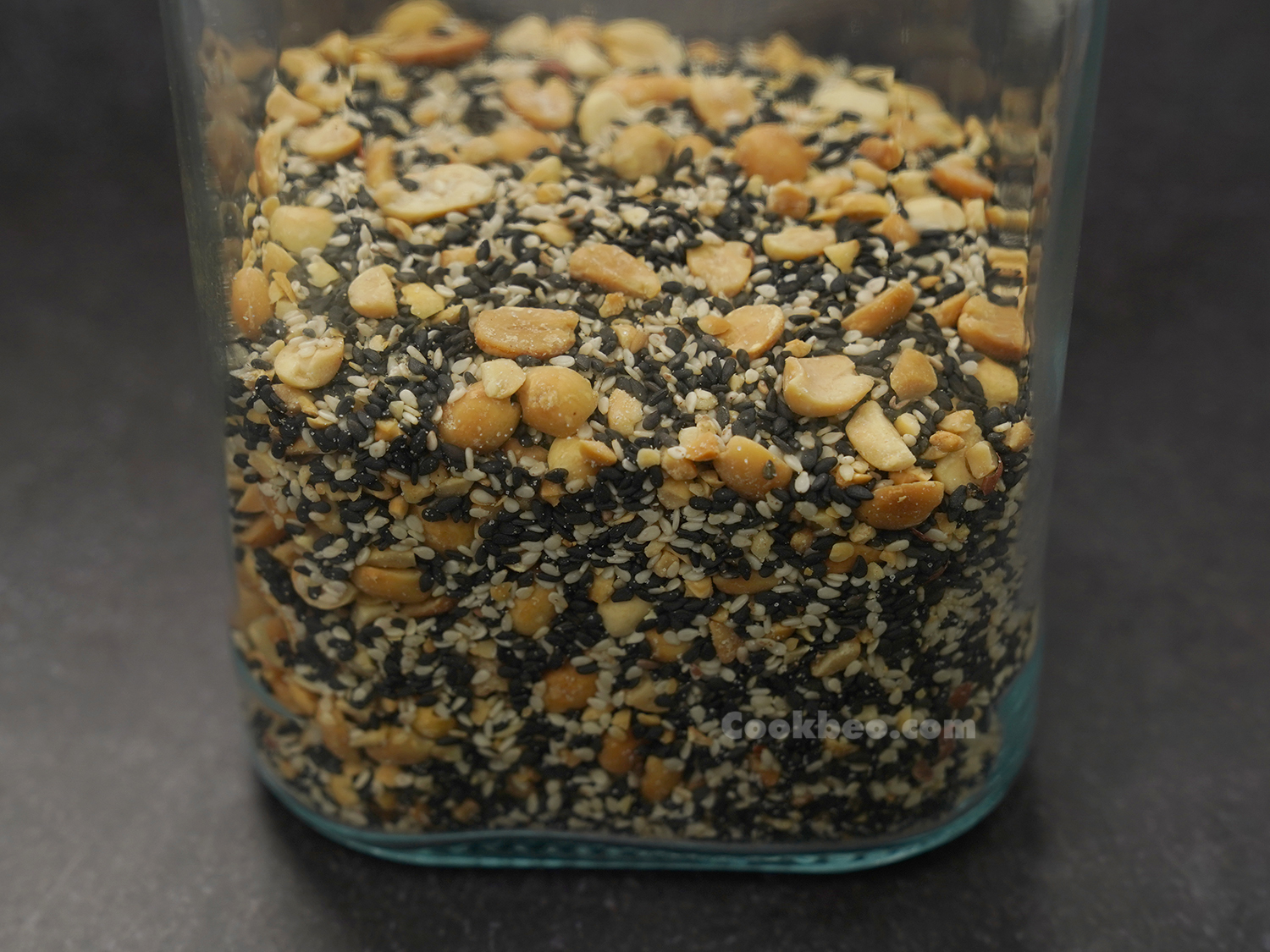
To make sesame salt richer, you can add peanuts. If you prefer just sesame, reduce the amount of salt to avoid it being too salty.
Ingredients
- 100g white sesame
- 100g black sesame
- 200g peanuts
- 25g fine salt
- Glass jar
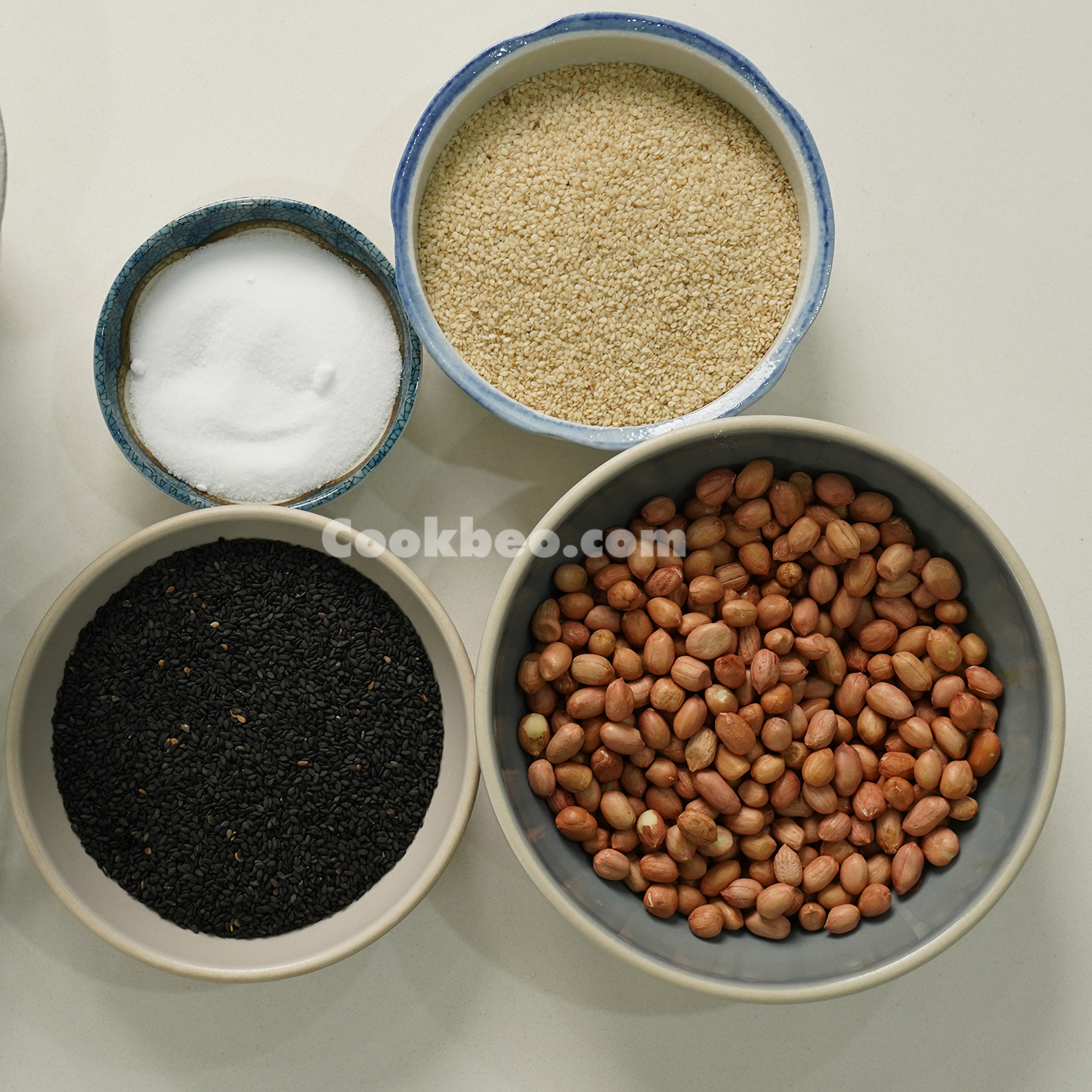
Instructions
Prepare the Ingredients
Pick through the peanuts to remove any damaged or shriveled ones, as well as any leftover skins. Similarly, sift through the sesame seeds to remove impurities.
All ingredients for sesame salt need to be toasted, but each one has a different toasting time, so pay close attention.
If you're adding peanuts, toast them first since they need to rest and be peeled, which gives you time to toast the sesame seeds.
Toast the Peanuts
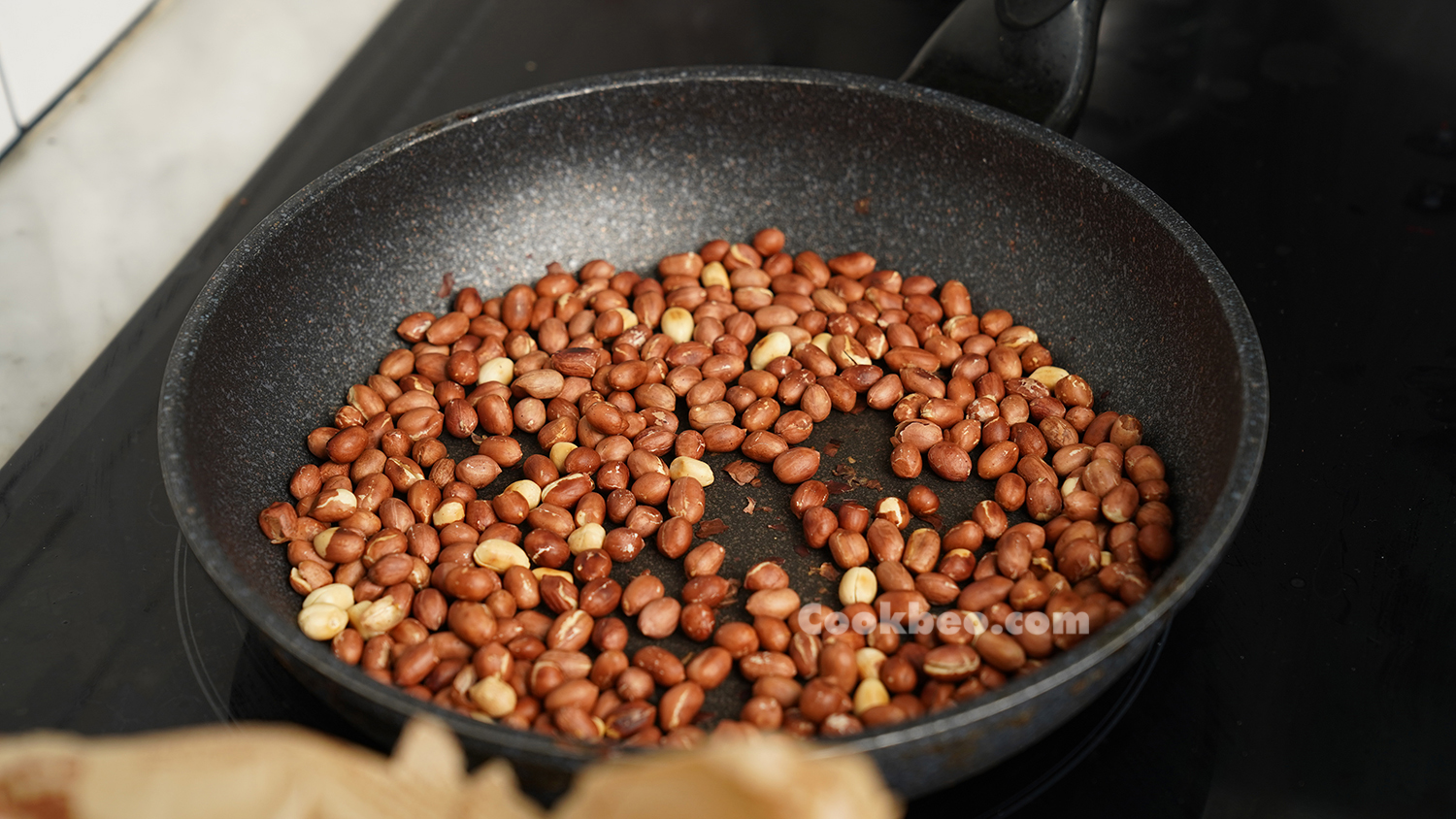
Heat a pan and add the peanuts. Stir continuously until they become fragrant and darken. Toast the peanuts over low heat for about 30 minutes to ensure even cooking and a long-lasting crunch.
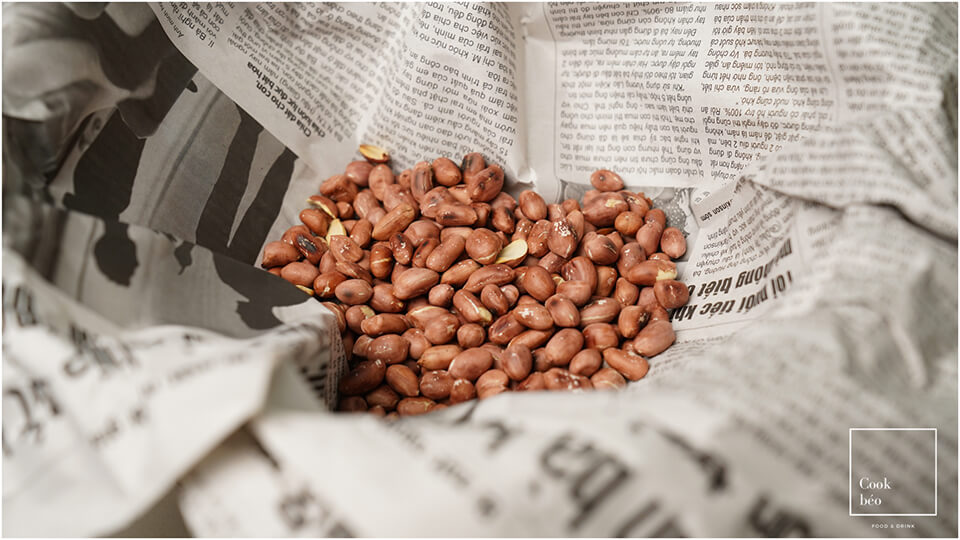
Toast the Sesame Seeds
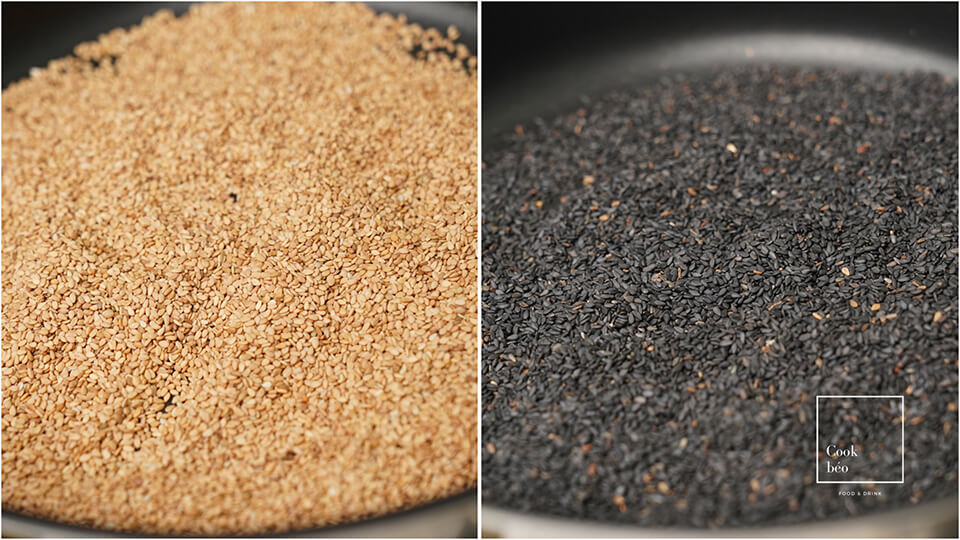
You can toast both white and black sesame seeds together, but it may be harder to gauge when they're done, so it's better to toast them separately. Start with the white sesame seeds, followed by the black ones.
Sesame seeds toast quickly, usually taking only 5-6 minutes on low heat. They're ready when they release a fragrant aroma, become crisp, and turn light golden (for white sesame).
Avoid over-toasting as this can make the sesame seeds bitter and burnt.
Toast the Salt

Some people use seasoned salt (bột canh) for convenience, but it can cause moisture to form, making the sesame salt soggy and oily over time.
To make the best sesame salt, use fine salt or coarse salt. If using coarse salt, you will need to grind it after toasting. Fine salt is easier and more convenient to use.
Fine salt is generally saltier than coarse salt.
Heat a pan over low heat and add the salt. Toast for about 2 minutes, stirring constantly. Toasting the salt dries it out, which helps preserve the sesame salt longer. It also reduces the sharpness of the salt's flavor.
Mix the Sesame Salt
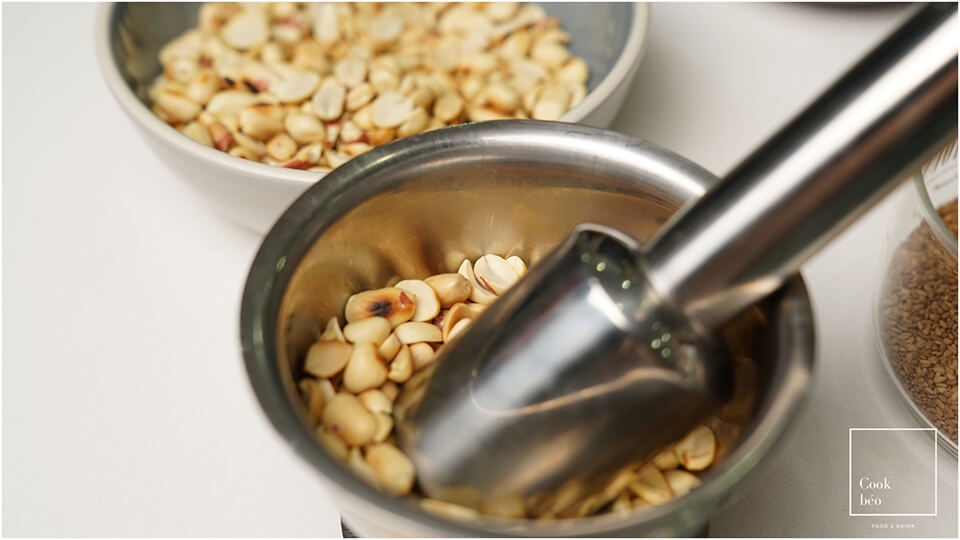
After the peanuts have rested, rub off the skins and sift them out. Lightly crush the peanuts into 3-4 pieces each. Avoid grinding them too finely, as peanuts contain oil, and crushing them too much will cause them to release oil, making the sesame salt soggy and less fragrant.
You can crush the sesame seeds or leave them whole. If you choose to crush them, do so lightly, similar to the peanuts.
Finally, mix in the toasted salt, ensuring it evenly coats the peanuts and sesame seeds.

Prepare clean, dry jars for storing the sesame salt. Make sure the jars are completely dry; any moisture will cause the sesame salt to become soggy.
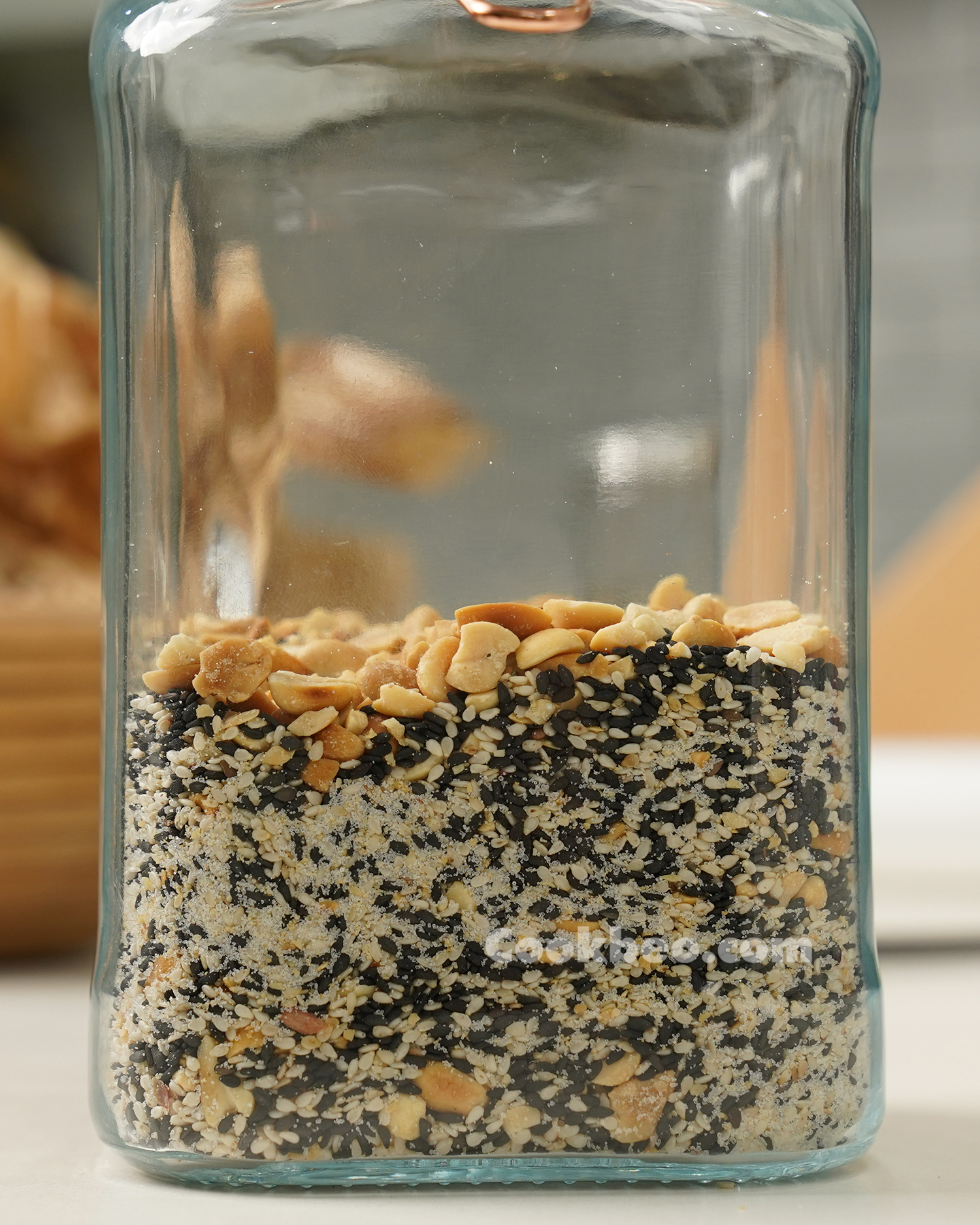
Once mixed, transfer the sesame salt to the jars, seal tightly, and store in a cool, dry place. Properly made sesame salt can last for 3-4 weeks, retaining its crunch and flavor.
Video
Tips & Notes
- You can use black sesame, white sesame, or a combination of both. Black sesame is often used for pregnant women as it's believed to ease labor and boost milk production.
- Make sure all ingredients are completely cool before storing them in jars. If the sesame or peanuts are still warm when sealed in jars, condensation will form, making the sesame salt soggy and prone to mold.
- Store the sesame salt in glass jars instead of plastic containers to better preserve its freshness and aroma. Glass jars also retain the fragrance of sesame salt better than plastic ones.
- Each time you take sesame salt from the jar, ensure the utensils are dry to prevent moisture from getting into the sesame salt.




